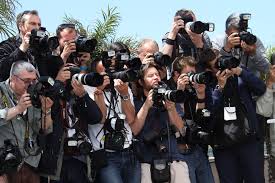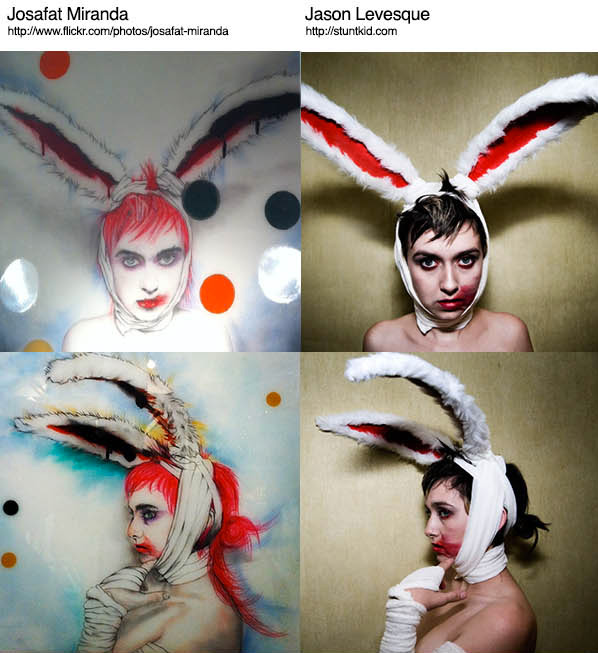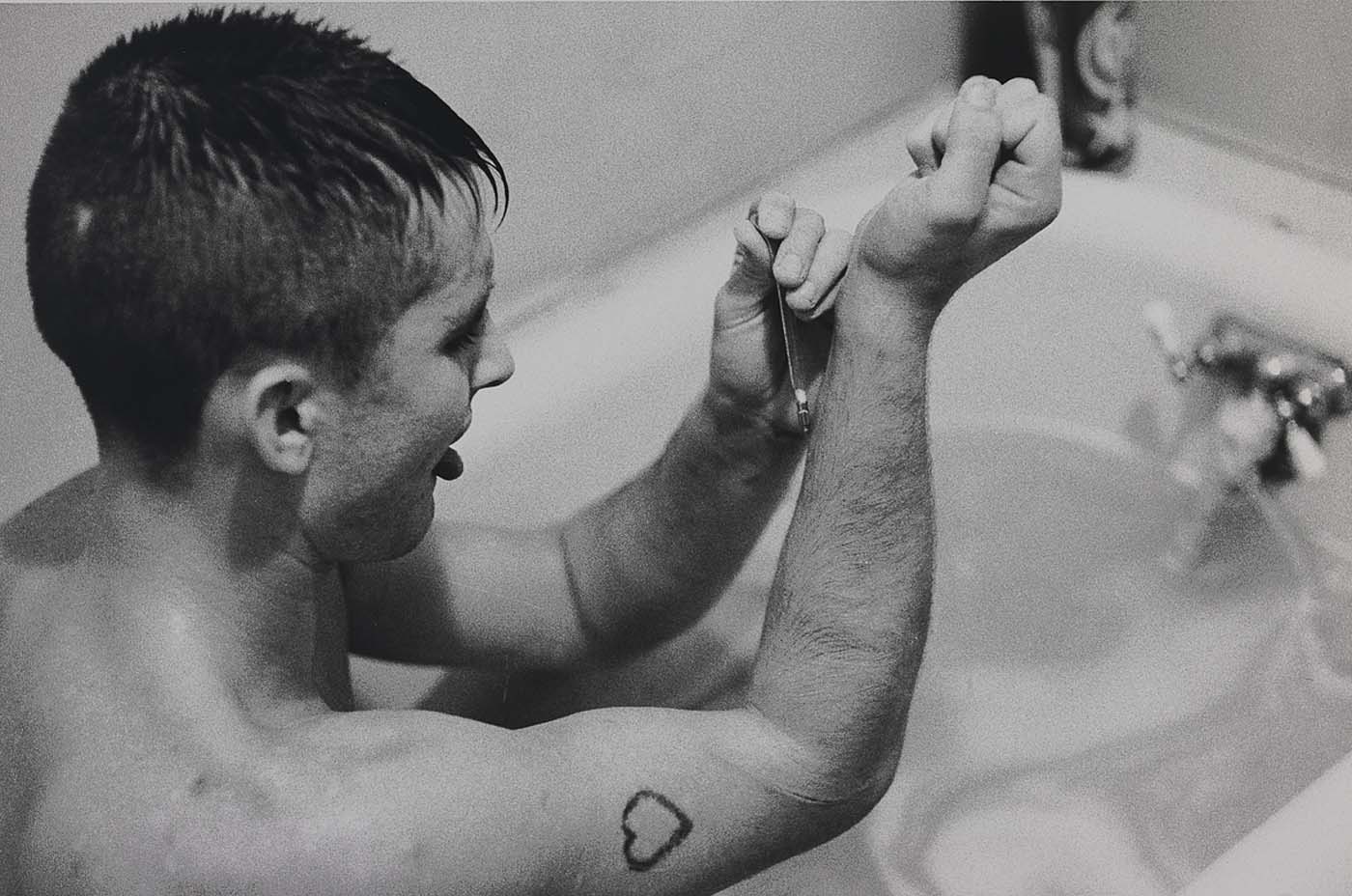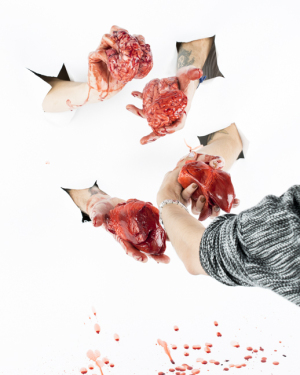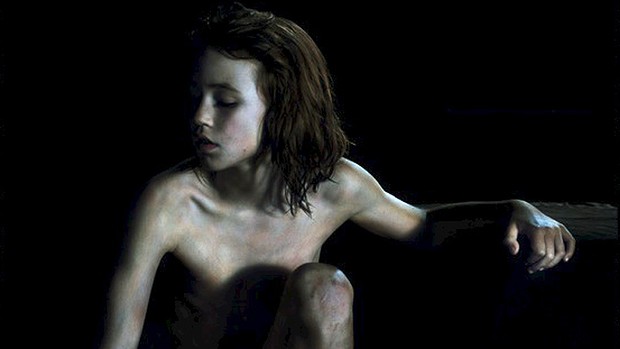
In April of this year, artist Arne Svenson won a court case against his neighbors, who claimed he had invaded their privacy when he started photographing them inside their apartment. In this controversial series called The Neighbors, the 60-year old used a 500mm lens to look through the glass walls of his neighbor’s apartment. He snapped candid pictures of them, and sometimes their pets, going about their daily lives. After his neighbors discovered what he was doing, they attempted to sue him for privacy infringement, and lost.
The neighbors claimed Svenson invaded their privacy under New York’s right-of-privacy statue, which makes it illegal for an artist to use a person’s depiction for advertising or trade reasons without permission. The work Svenson created was sold in galleries, and they felt this was an application of that statue. The neighbors also stated that the First Amendment should not protect Svenson, because in order to create the images, he expressed “extreme and outrageous conduct” and the overall outcome causes his subjects emotional turmoil.
Svenson claimed his intent was to capture “vignettes of quietude”, not to record and document his neighbor’s actions. He simply wanted to capture individual moments of people being people, without the influence of the rest of the population. Svenson was carful not to reveal the identities of his subjects, because he was not photographing them for their individuality. He was photographing them as representations of humankind as a whole, and their individual personalities did not matter. Photographs were taken of arms, legs, hands, and backs, and focused more on what they were doing (or not doing) and not on the actual person as an individual.
Court judge Eileen A. Rakower dismissed the claims, stating that Svenson’s photographs did not violate and New York State civil right laws, and were in fact protected by the First Amendment’s guarantee of free speach. She ruled in favor of Svenson, saying that an artist can make and sell work of art that resembles a person without their written consent. The neighbors took Svenson back to court, where Judge Dianne T. Renwick voting in favor of Svenson as well. However, Judge Renwick did state that Svensons actions were “disturbing” and “intrusive”.
Svenson calls the verdict a great victory for the rights of all artists, but stresses that his motivation was purely observational. He explains that “the unrehearsed, unconscious aspects of life are the most beautiful to photograph, as they are the most open to interpretation, to a narrative.” The subjects he was photographing were completely unaware of his presence, and thus were unguarded in their actions. They were free to act in the way they normally do, without the burden of knowing they are being watched. If they were to be aware of the project Svenson was doing, the people would not have acted the way they do casually. Their movements and actions would have been forced and awkward. Because they were unaware of their role in the artwork, the subjects did not alter their behavior in any way, making the photographs completely real in their intentions. Every picture that Svenson took was an accurate representation of is subjects casual life.
Svenson also claims that he would have no problem if someone else did the same thing to him, in the name of art. This claim reveals that when it comes to a ruling about the wrongness of an artist’s action, in the end the only thing that matter sis the artists personal morals and sentiments. Depending on the person, values and motivations vary greatly, and the subjects do not always share these views. In this instance there is a large conflict between the intent of the artist and the willingness of the subject to be involved in that work.
Svenson’s intentions seem to be harmless, and the court rules that his actions are in fact legal. Despite this, is it ethical for an artist to photograph his neighbors, or anybody, without their permission? Is it right for him to then make money off of these photographs? Does “stalking” under the pretense of art take precedence over the emotional dejection of the subjects? On the other hand, the subjects of the photographs seem fairly anonymous. Should his neighbors have been so offended or were they over reacting?


